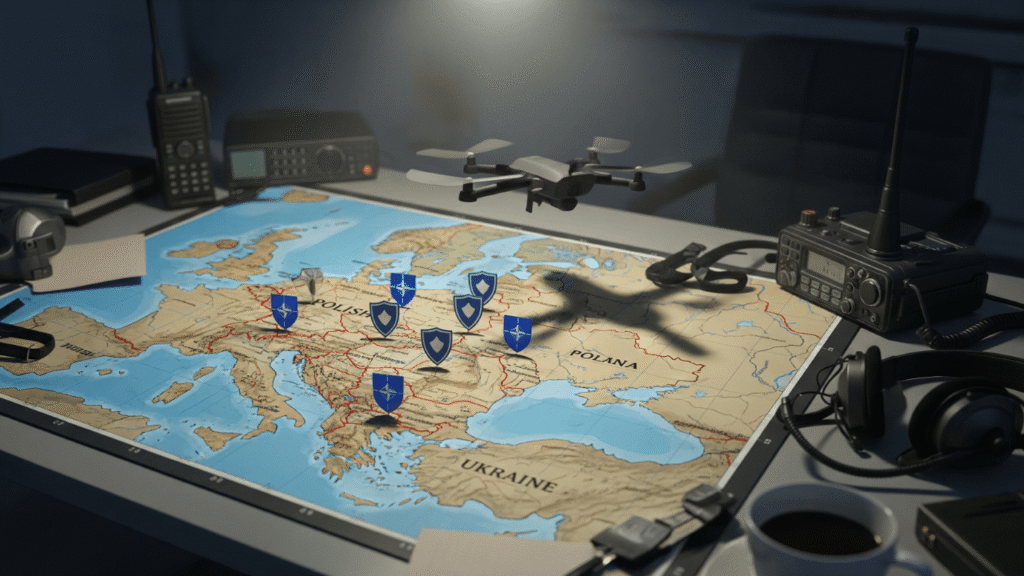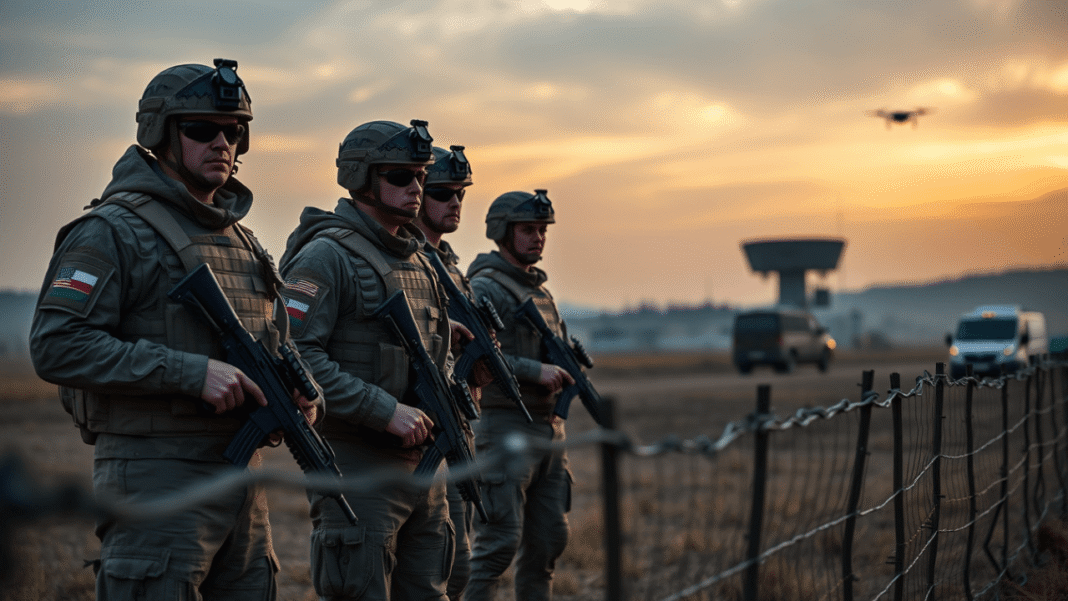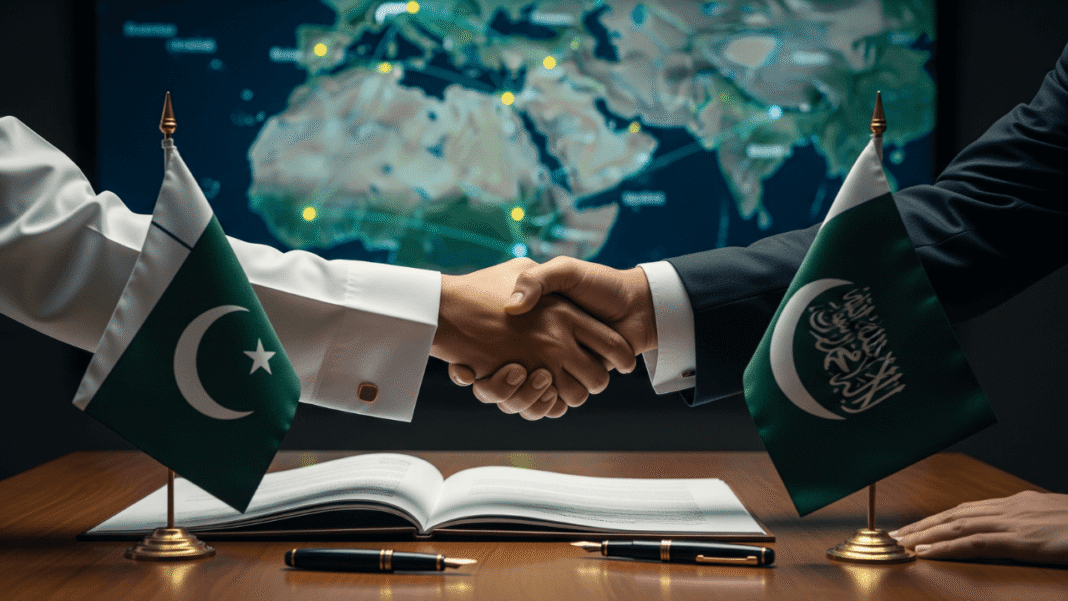The “Eastern Sentry” initiative marks a rapid and robust response to the latest Russian provocation, underscoring the alliance’s resolve to defend every inch of its territory.
In a stark reminder that the war in Ukraine continues to threaten direct confrontation between global powers, NATO has announced a major new military initiative following the incursion of Russian drones into Polish airspace. The event, which NATO Secretary General Mark Rutte labelled “reckless” and “unacceptable,” has catalyzed the alliance into action, launching “Eastern Sentry” to significantly bolster its eastern defenses.
This latest escalation underscores a dangerous new phase in the prolonged standoff between the West and the Kremlin, moving the specter of conflict from Ukraine’s borders directly to NATO’s doorstep.
The Incident: A Reckless Violation
The crisis began when multiple Russian drones crossed into NATO territory on Wednesday, triggering a swift multinational response. Polish F-16s, Dutch F-35s, and Italian AWACS surveillance aircraft were scrambled, successfully neutralizing the threat with support from German Patriot missile systems.
While Russia claimed the violation was unintentional—a byproduct of strikes on western Ukraine—the alliance is treating the event with utmost seriousness. Poland’s presentation of drone wreckage with Russian markings at the UN Security Council firmly contradicted Moscow’s denials.
“Although the immediacy of our focus is on Poland, this situation transcends the borders of one nation. What affects one ally affects us all,” stated US General Alexus Grynkewich, NATO’s top commander in Europe.
The Response: “Eastern Sentry” and Allied Resolve

In direct response, Secretary General Rutte unveiled “Eastern Sentry,” a flexible and agile military operation designed to deliver “even more focused deterrence and defence exactly when and where needed.” The mission, which commenced immediately, will integrate a range of air and ground assets from key allies including Denmark, France, the United Kingdom, and Germany.
French President Emmanuel Macron exemplified this renewed commitment, announcing the deployment of three Rafale fighter jets to Poland. “The security of the European continent is our top priority. We will not yield to Russia’s growing intimidation,” he declared.
The announcement reinforces the core principle of Article 5—an attack on one is an attack on all—a principle activated as allies convened under Article 4 for urgent consultations.
A Global Condemnation
The diplomatic fallout was swift. At an emergency UN Security Council session, a coalition of 43 countries, led by Poland, issued a joint statement calling on Russia to stop “its war of aggression against Ukraine” and desist from further provocations.
The U.S. acting ambassador to the UN, Dorothy Shea, unequivocally stated America’s commitment: “The United States stands by our NATO allies… [and will] defend every inch of NATO territory.” Her remarks also highlighted concerns that Russia has intensified its bombing campaign despite ongoing diplomatic outreach, calling it a sign of “immense disrespect.”
Beyond the Headlines: A Pattern of Provocation
Analysts agree that this latest incident is not isolated. It fits a pattern of escalating Russian hybrid tactics, including disinformation campaigns, cyber-attacks, and nuclear saber-rattling, designed to test NATO’s resolve and probe for weaknesses.
The breach serves a dual purpose for the Kremlin: it destabilizes NATO’s eastern members and attempts to sway Western public opinion against supporting Ukraine by raising the feared prospect of a broader war. However, the alliance’s unified and decisive response demonstrates that such tactics may be having the opposite effect, solidifying rather than fracturing NATO unity.
The Path Forward: Vigilance and Investment
The latest events have only hardened NATO’s commitments outlined at its recent summit. The pathway forward, as stated by Rutte, is clear: continued investment in defense, ramped-up production of military equipment, and unwavering support for Ukraine, whose security is “interlinked with our own.”
As the “Eastern Sentry” mission takes shape along the alliance’s eastern flank, the message to Moscow is unambiguous. NATO’s air defenses are continually at the ready, its members are resolved, and any violation of its territory—intentional or otherwise—will be met with a powerful and unified response. In this high-stakes game of deterrence, the alliance is drawing a line in the sand, making it clear that the era of post-Cold War ambiguity is over.



